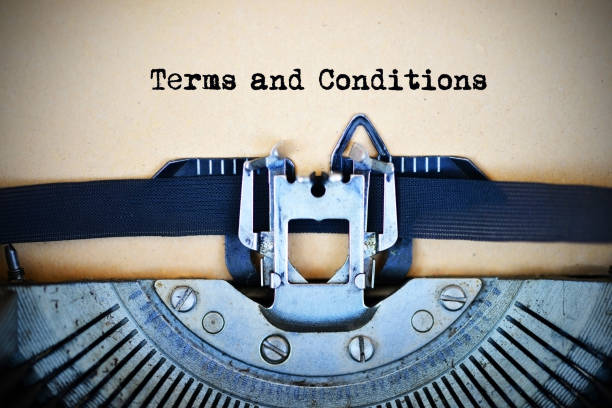Mastering the Craft with Essential Tips and Best Practices

Introduction
Navigating the world of contract drafting can be akin to traversing a maze filled with legal jargon and complex structures. However, fear not. With the right tips and best practices under your belt, mastering The Art of Contract Drafting is not a Herculean task.
The Art of Contract Drafting: Tips and Best Practices
In essence, contract drafting is an art, requiring the perfect blend of skill, knowledge, and finesse. Here’s a deep-dive into the practical aspects of contract drafting.
1. Plain Language and Clarity
Say goodbye to archaic language and hello to plain English. Clarity should be your best friend in contract drafting. Avoiding complex, legal jargon whenever possible can reduce confusion and enhance understanding for all parties involved.
2. Avoiding Ambiguity
A contract is not a riddle to be deciphered. It’s essential to avoid any elements that could be ambiguous, causing different interpretations. Precision in language is key.
3. The Importance of Structure
A contract isn’t a free-form poem. Having a clear, logical structure helps in conveying the contract’s intent effectively.
4. Use of Precedents
While creativity is valuable, reinventing the wheel with every contract is neither efficient nor practical. Leverage the power of precedents, but be cautious of blind copying.
5. Including Essential Elements
A contract without its essential elements is like a car without an engine. It’s essential to include elements like offer, acceptance, and consideration for the contract to be legally binding.
6. Understanding the Context
Before you jump into drafting, take a step back. Understand the context and the objective of the contract. This perspective can guide the entire drafting process.
Heading Down the Rabbit Hole: Advanced Practices
1. Contingency Planning
When drafting contracts, it’s prudent to plan for the “what-ifs”. Include clauses to cover potential eventualities and risks.
2. Balance of Power
A well-drafted contract does not tip the scales of power disproportionately. Striking a balance between the parties involved is crucial.
3. Legal Provisions
Knowledge of relevant legal provisions and laws is a non-negotiable aspect of contract drafting. After all, ignorance of the law excuses no one.
4. Detail-Oriented Approach
In the world of contract drafting, the devil is indeed in the detail. Attention to minutiae can spell the difference between a solid contract and a disastrous one.
5. Review, Revise, and Edit
Rome wasn’t built in a day, and neither is a perfect contract. Review, revise, and edit to ensure your draft is as precise and comprehensive as possible.
Common Pitfalls and How to Avoid Them
1. Over Reliance on Boilerplate Clauses
Boilerplate clauses are standard clauses in a contract. However, use them judiciously and customize them to suit your specific situation.
2. Ignoring the ‘Entire Agreement’ Clause
This clause states that the contract supersedes any previous agreements or understandings. Ignore it at your own peril!
3. Missing the Confidentiality Clause
Keeping certain information confidential may be vital for one or both parties. Ensure to include a confidentiality clause where necessary.
4. Neglecting Dispute Resolution
Hoping for the best but planning for the worst is a good mantra in contract drafting. Clearly defining the dispute resolution mechanism can save headaches down the line.
5. Not Using A Defined Terms Section
Defined terms help avoid repetition and bring clarity. Not using them is a missed opportunity to make your contract more concise and readable.

FAQ’s
Q: What are the basic elements of a contract?
A: The basic elements of a contract are offer, acceptance, and consideration. Additionally, both parties should have the capacity to contract and the contract should be legal.
Q: Why is structure important in a contract?
A: Structure brings clarity, flow, and logic to the contract. It helps the parties involved understand the agreement better.
Q: What is the role of precedents in contract drafting?
A: Precedents, or previously used contracts, can serve as a guide or starting point in contract drafting. However, they should be adapted to suit the specific situation at hand.
Q: How can one avoid ambiguity in contracts?
A: Using clear, simple language, defining terms, and avoiding legal jargon as much as possible can help reduce ambiguity in contracts.
Q: What are boilerplate clauses?
A: Boilerplate clauses are standard clauses that appear in most contracts. They deal with aspects like jurisdiction, dispute resolution, force majeure, etc.
Q: Why is the ‘Entire Agreement’ clause important?
A: The ‘Entire Agreement’ clause signifies that the written contract is the complete agreement between parties and supersedes any previous agreements or understandings.
Conclusion
Mastering The Art of Contract Drafting: Tips and Best Practices isn’t about being the most verbose or using the most complex language. It’s about being clear, precise, and comprehensive. It’s about protecting interests while facilitating a fair and balanced agreement. With these tips and best practices, you are well on your way to mastering the art of contract drafting.
External Links/ Sources:
Ten Tips for Writing Clear Contracts
